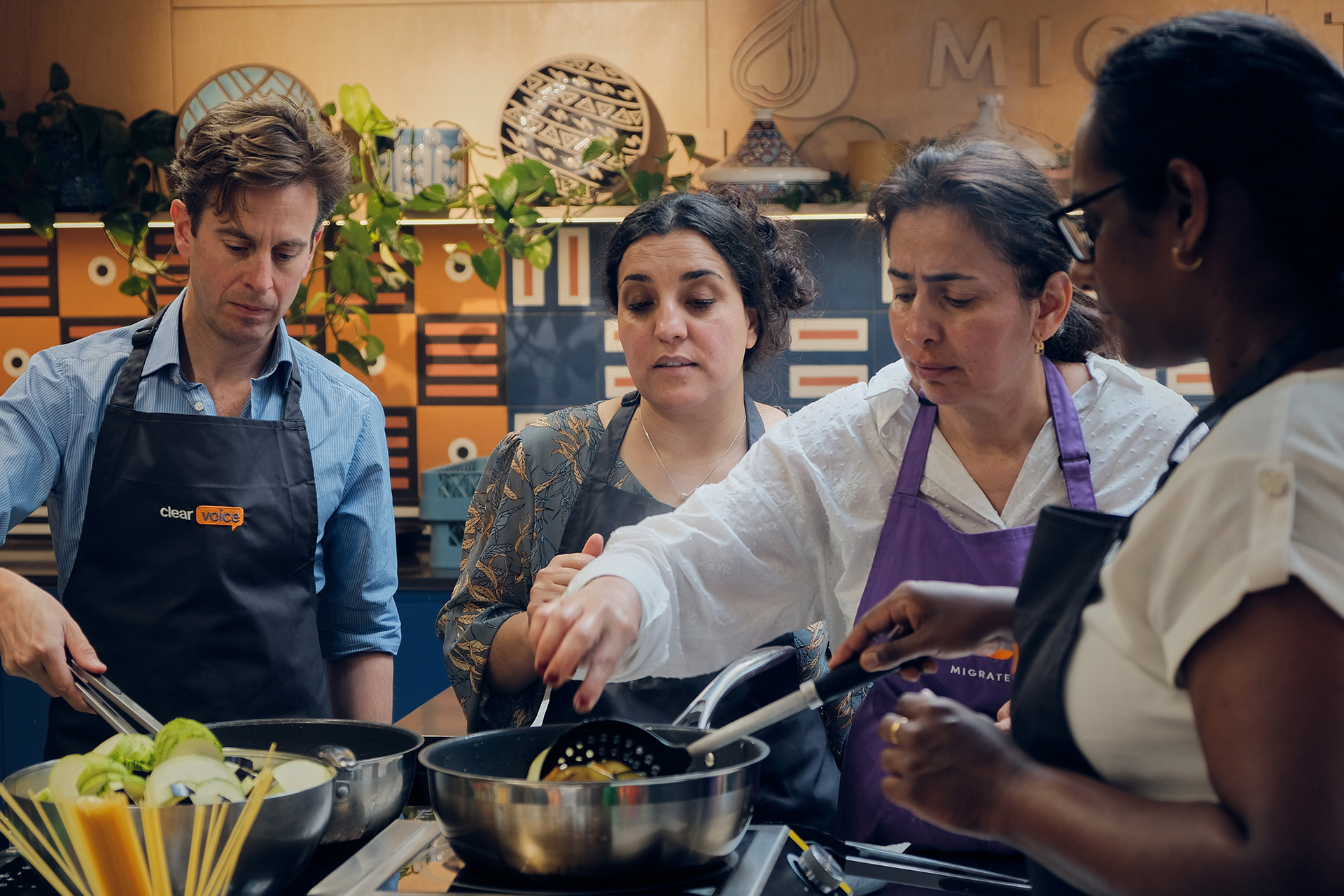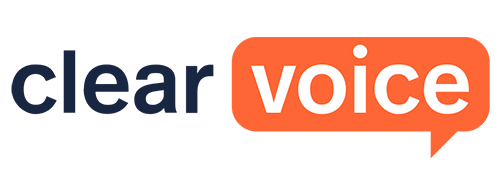
Ever wondered who is the team behind the scenes at Clear Voice? Meet Jane Freeman, our Head of Business Development. With nearly two decades of experience in the language industry, a passion for problem-solving, and a love for languages, Jane has plenty to share. From her career journey to her proudest moments, and even her favourite Yorkshire saying, this Q&A gives you a glimpse into the person driving our business growth and client success.
Let’s dive in and get to know Jane a little better!
1. How did you start your career in languages?
I have always had a love for languages and different cultures from being small and my journey started at school. I continued my learning of languages throughout my education, completing a double honours degree in German and Spanish and going on to do a Masters in translation and interpreting. My career working with languages started in the export industry, quickly moving on to roles within the translation and interpreting industry.
2. How many years of experience in the language services do you have?
2025 marks my 20th year working in the industry. Probably a little longer if you count my interpreting and translation freelance roles. My career has spanned many roles from project management through to heading up global sales teams and managing the business development strategy.
3. Which sectors do you have the most experience in?
Due to working in the industry for so many years, I have been fortunate to work across a wide variety of sectors. I really enjoy the life science sector as I find the work very rewarding. In most recent years I have focused on food, start-ups, retail and finance.
4. Can you tell us more about your role at Clear Voice?
I lead our lovely sales team. We focus on reaching potential clients who have business challenges caused by languages and finding the best solution for their needs. I also work closely with our friendly account managers and help them to deliver outstanding customer service to our existing clients.

5. What’s a misconception about translation that you've come across?
When I was studying languages, people used to say, “well it is just changing one English word for another word”. It made the entire process sound so simple but it’s far from the truth. There are so many nuances that need to be considered, and languages treat these in many different ways. With the recent advancements in AI, this misconception is back for people who don’t have a deeper understanding of what it takes to translate or interpret. Whilst machines can do some of the heavy lifting, they still struggle with the intricacies that make content sound fluent and natural.
6. What’s been your proudest moment solving a complex challenge for a client?
Cost is always considered a challenge when it comes to translation. One of my proudest moments was working with a retail start-up client who had millions of words to translate. Once I received the content and assessed it, it became clear that translating everything in a traditional way and treating all the content equally would be way too expensive and time consuming.
By pausing the start of the translation, assessing the content and discussing the purpose of the content with the client, I designed a process to reduce cost and time. The first step was to create glossaries of key terminology and translate them. We then populated translation memory with this content, which drastically reduced the scope of new content to be managed.
With clear communication and consultation with the client, I realised that not all their content had the same value. We devised a blended approach by using a mix of human and AI translation. Not only did this further reduce cost, but this also reduced the time needed to get the content to market.
I like to think out of the box and look at what the content is going to be used for. Not all content is equal. By using the right tools for their intended purpose, you can meet in the middle and support both time and cost constraints, while ensuring the content is fit for the intended purpose.
7. What advice would you give an organisation undertaking their first translation project?
Work with the experts, be open about what the content is needed for and don’t skimp on quality. I have seen clients wanting a cheap solution and using AI blindly far too many times. This often resulted in poor translations and had a more costly knock-on effect on their business by damaging the brand reputation and affecting bottom line sales.
8. What’s your approach to client experience and relationship management?
Communication is key – I want to understand the good, the bad and the ugly. Most of our services are delivered by humans and nobody is infallible. So, it is important to have regular communication to discuss everything. If I don’t know about a concern or an issue, then I can’t resolve it. Transparency is another area I value from both parties involved in a relationship. We want to become an extension of our clients’ teams. When this happens, this is when the best results come about, so being transparent on what work is coming and being involved early is a recipe for success.
9. What’s your favourite local expression in English?
I am a Yorkshire lass and one of my favourite and most hated expression is “put the wood in the ole”. As a child I was forever leaving doors open, and this expression simply means “close the door”.
10. What’s the best piece of advice you’ve ever received?
My dad, who was a great man, always used to say, “Always be kind… kindness costs nothing and it goes a very long way and can change someone’s day.”






